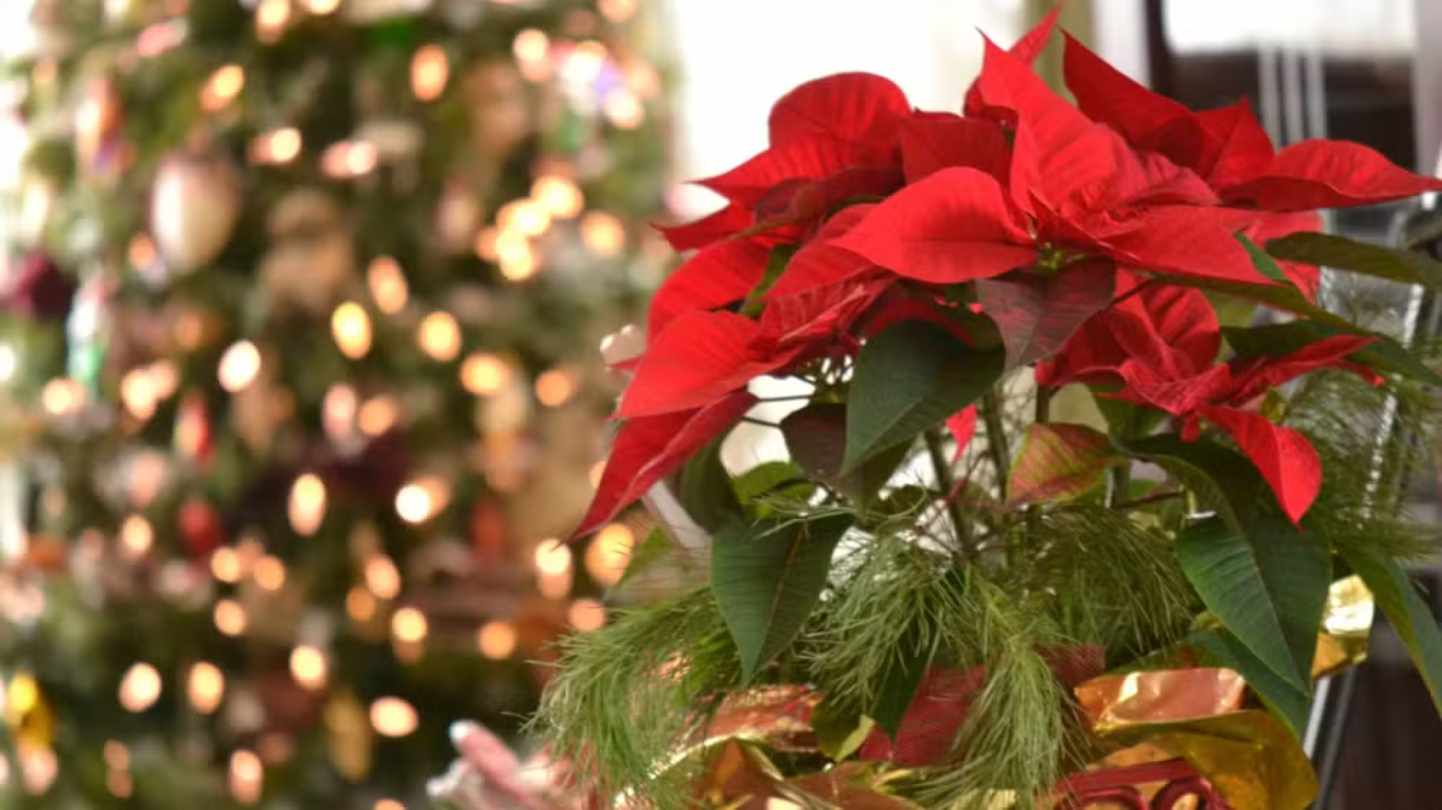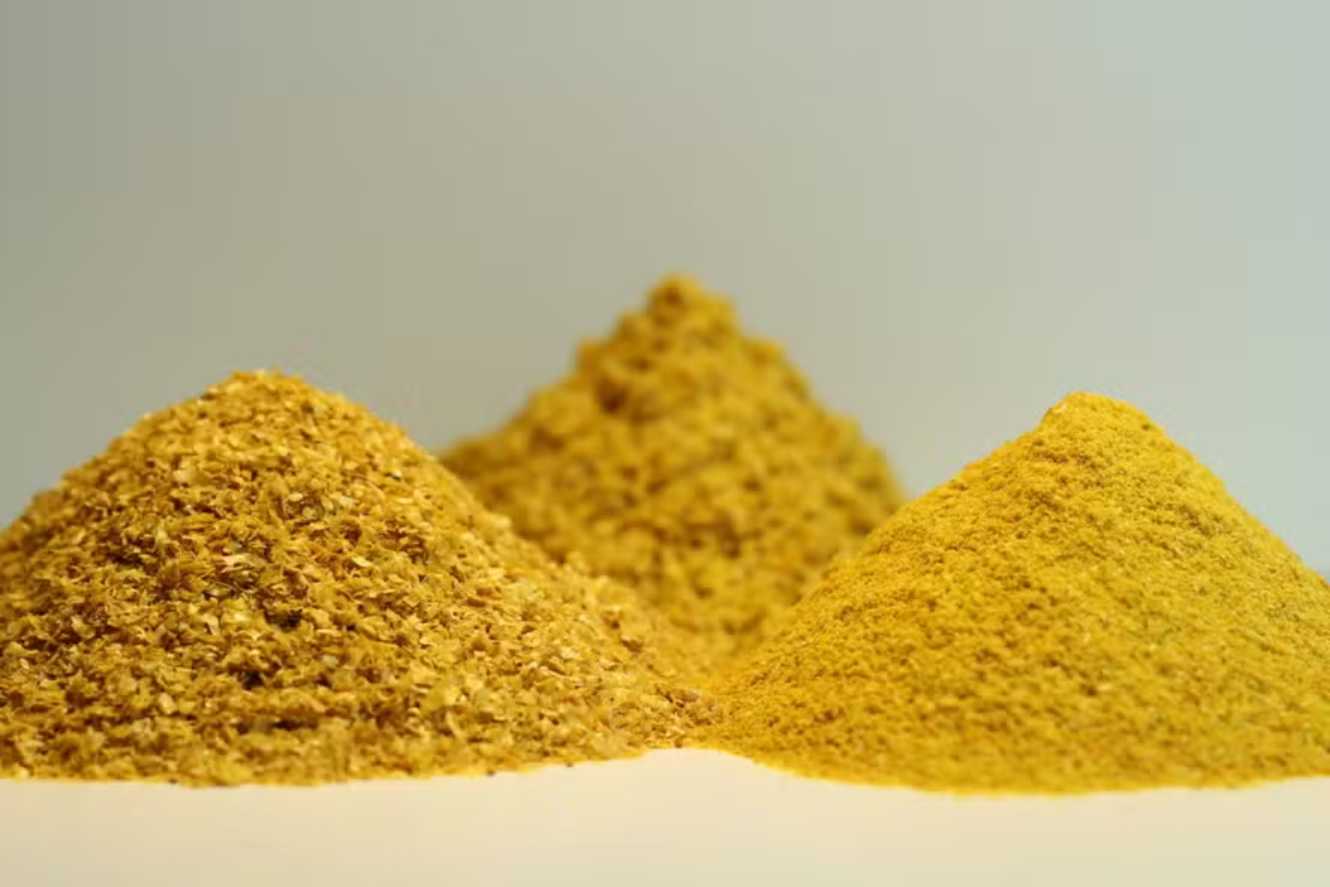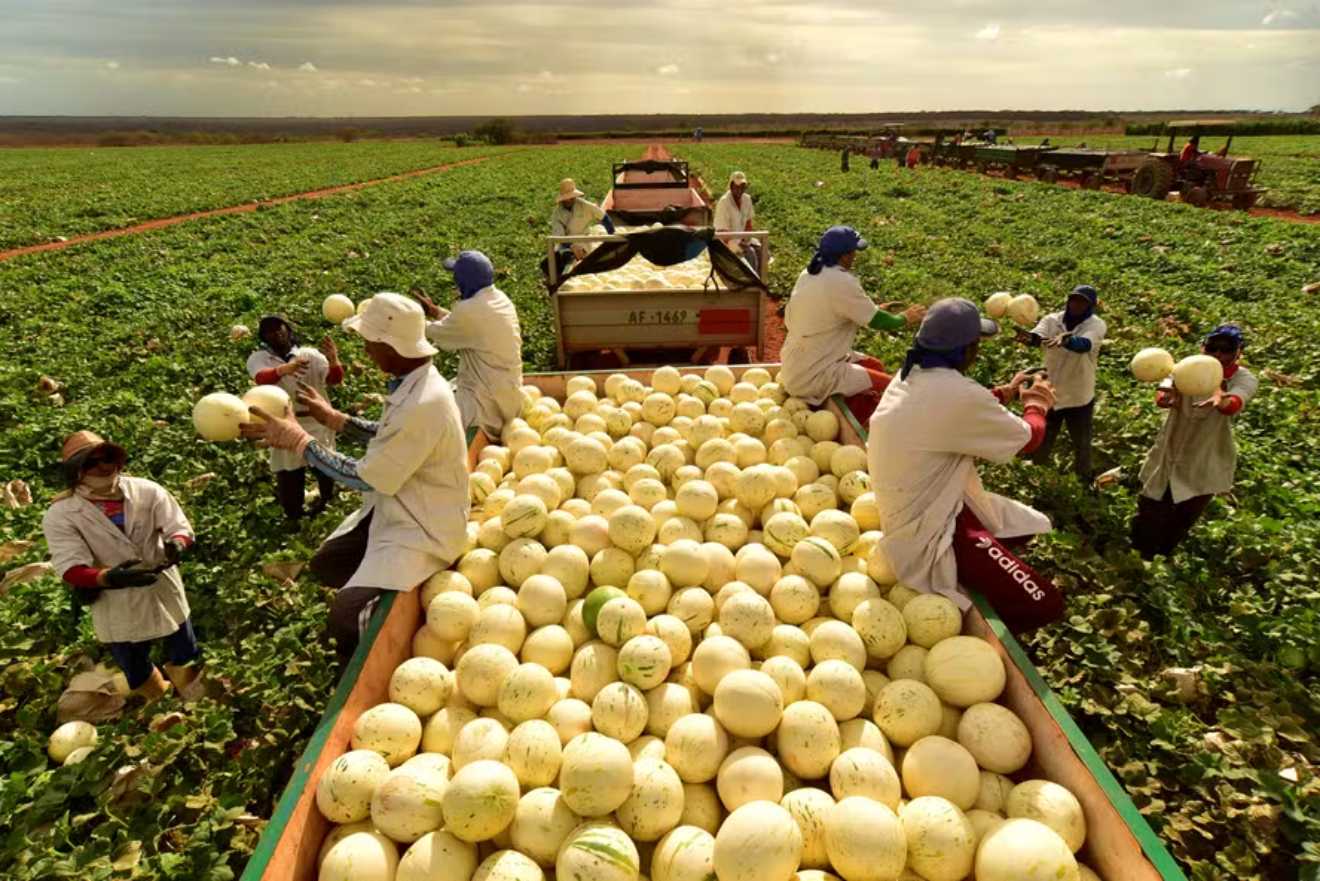Beyond Red: Available in Yellow and White
As Christmas approaches, the most celebrated holiday of the year, poinsettias become highly sought after in flower shops. Known popularly as the Christmas flower, this plant takes center stage in holiday decorations alongside colorful lights, Christmas trees, gifts, and Santa Claus.
Typically, poinsettias are seen during the festive season with their broad, red bracts (leaf-like structures), symbolizing the holiday spirit. However, florist Cristiely Santos explains that natural varieties in yellow, white, and even red with white are also available for purchase.
“The connection between this flower and Christmas began in the 16th century when friars would visit homes and gift poinsettias to families. This tradition took place in December, coinciding with the plant’s blooming season in the Northern Hemisphere,” she explains.
Despite its Mexican origin and its name honoring American botanist Joel Roberts Poinsett, who introduced the plant to the United States in 1825, the poinsettia has become widespread in Brazil due to its ease of cultivation.
When to Water?
To keep your poinsettia healthy, avoid overwatering, as soggy roots can lead to rot and eventually kill the plant.
It’s recommended to water the poinsettia only twice a week or whenever the soil feels dry to the touch.
Proper Lighting
While light is essential for the plant’s growth, avoid placing it in direct sunlight for extended periods to prevent leaf burns. Filtered light, such as that coming through curtains or greenhouse screens, is ideal.
Interestingly, poinsettias need to spend a few hours daily in dark conditions. This cycle helps promote blooming and enhances the bracts’ vibrant coloration.
Is the Christmas Flower Toxic?
Yes. Despite being a favorite for holiday arrangements and table décor due to its vibrant beauty and symbolism, it requires careful handling.
According to Fiocruz’s National Toxic-Pharmacological Information System, the poinsettia’s milky sap can cause skin inflammation, such as swelling, itching, and pain. If ingested, it may result in nausea, vomiting, and diarrhea.
Tip: Keep the plant out of reach of children and pets.





